Whole building investment scam widens
The scandal surrounding dubious lending practices and falsified loan documents on investment properties widened last week with the Asahi Shimbun newspaper obtaining over 1,000 records of correspondence that allegedly implicates real estate agents and several Suruga Bank employees. The correspondence, which took place via email and LINE messages, is alleged to show the bank staff receiving numerous falsified documents including faked rent rolls for investment buildings.Read more
Sale falls through for 91-yr old former bank building in Kyushu
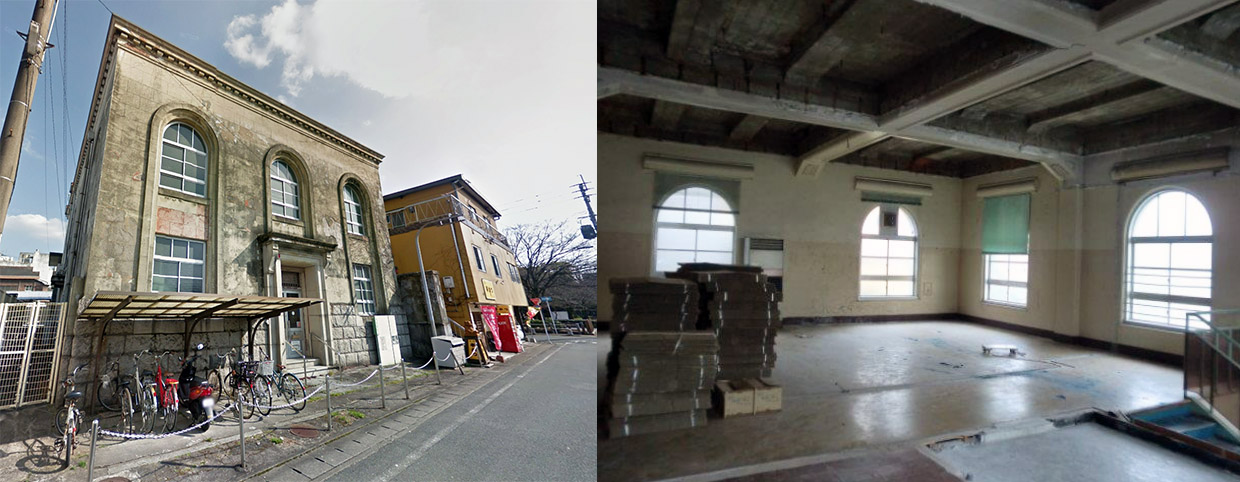
The sale of a city-owned historic building in Kurume, Kyushu, fell through recently, with the city now considering future options for sale. The building was built in 1927 as the Kurume Branch for the 77 Bank (now the Bank of Fukuoka). In 1968 it was sold to Kurume City and had been used as a public library annex and archives up until 2010. The exterior and interior remains largely unchanged from its original condition.Read more
Tokyo apartment sale prices increase for 68th month
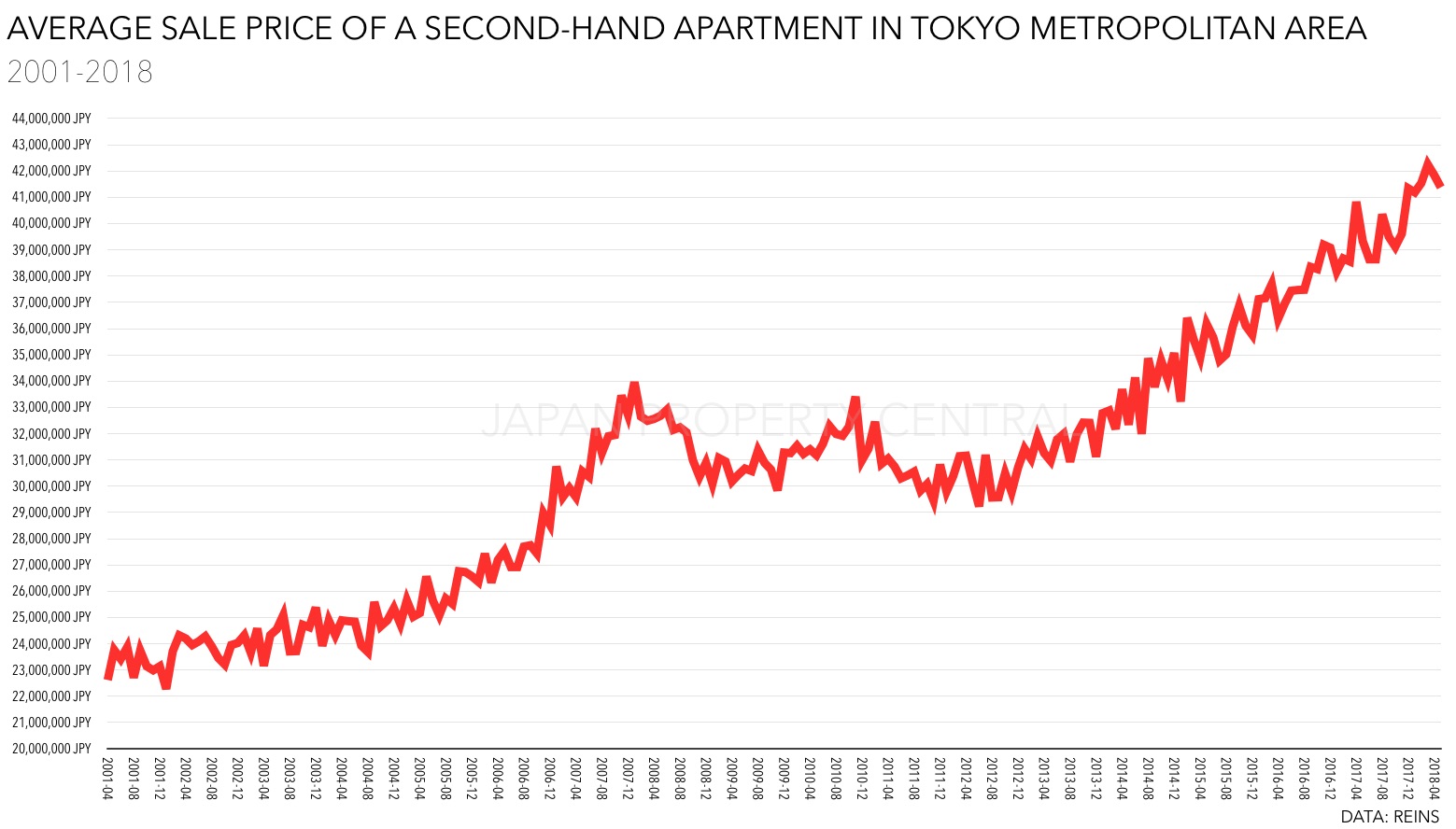
According to REINS, 2,785 second-hand apartments were reported to have sold across greater Tokyo in May, down 14.0% from the previous month and down 6.6% from last year. The average sale price was 33,050,000 Yen, down 1.8% from the previous month but up 4.2% from last year. The average price per square meter was 510,700 Yen, down 1.9% from the previous month but up 3.2% from last year. This is the 65th month in a row to see a year-on-year increase in sale prices.Read more
Developers lose appeal on unfinished apartment building in Bunkyo-ku
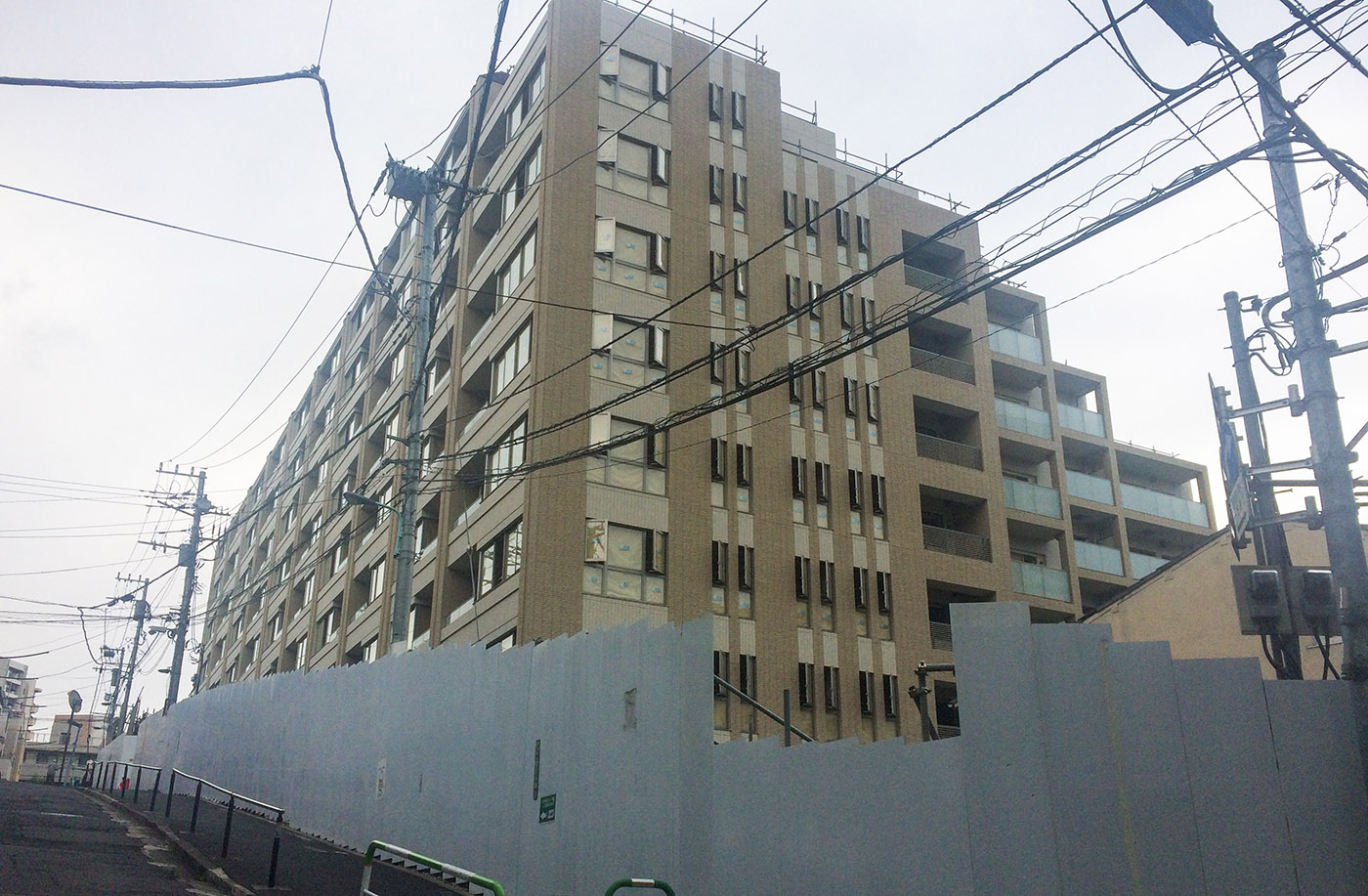
The two developers of a 107-unit condominium in Tokyo’s Bunkyo ward that lost its building permit two months prior to completion have lost their appeal against the city in a court ruling on May 24.
Construction of the 8-storey ‘Le Cinq Koishikawa Korakuen’ building began in 2013. In early November 2015, just two months prior to completion, the city revoked the building’s construction certificate due to a major design flaw, effectively halting construction. Under the Building Standards Act, multi-dwelling buildings must have emergency escape stairs providing a direct exit outdoors. This building’s emergency stairs exited into the garage, which is 2.5 meters above ground level and 19 meters from the outside. Read more
Ginza office floor sale sees price more than double within a year
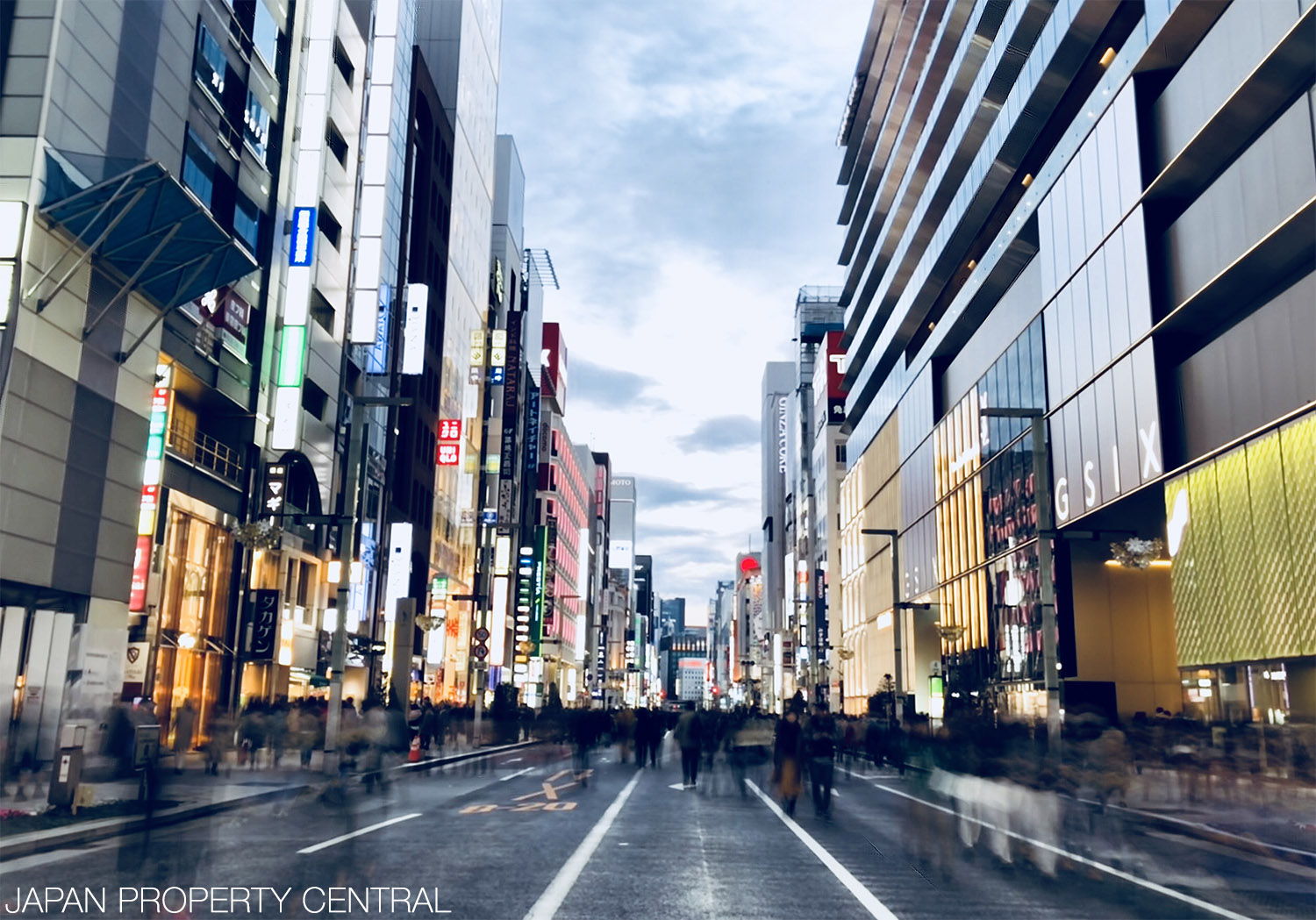
Shioi Kosan, the private asset management company for fast-food bento maker Hotto Motto, has paid 25 billion Yen (approx. 230 million USD) to acquire the 8th floor of the Ginza Six retail and commercial building in Tokyo’s Ginza district. The sale price is more than double the price that the floor sold for 7 months prior.Read more
Rental apartment developer under fire for not complying with building code

Leopalace21 Corporation, a developer and manager of rental flats across Japan, has apologized after more of their apartment buildings were found to potentially violate the Building Standards Act. According to the company’s statement on May 29, several buildings in their ‘Apaato 6 Series’ of rental flats built between 1996 and 2009 were constructed without the required fire prevention and sound proofing walls. The company's share price dropped by up to 14% on the morning of May 30.
Read more
Tokyo Apartment Sales in May 2018
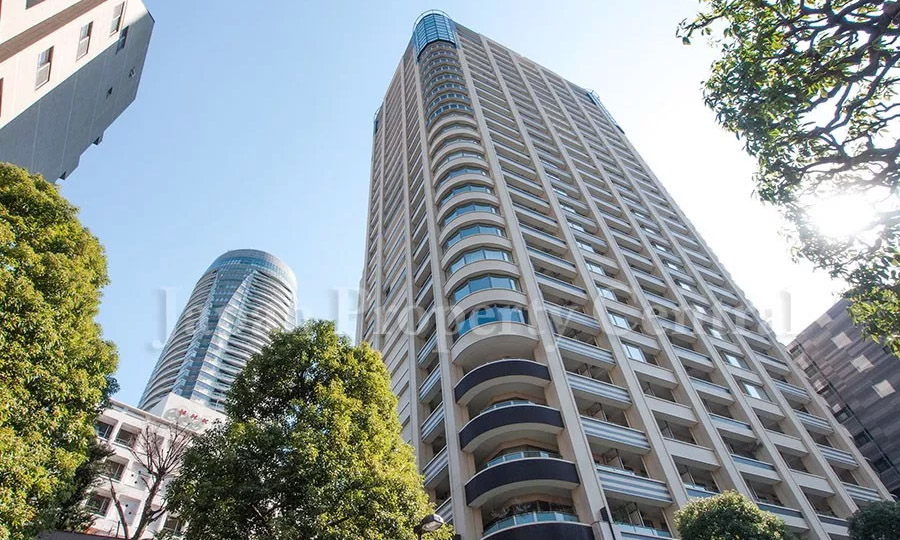
The following is a selection of apartments that were reported to have sold in central Tokyo during the month of May 2018:Read more
